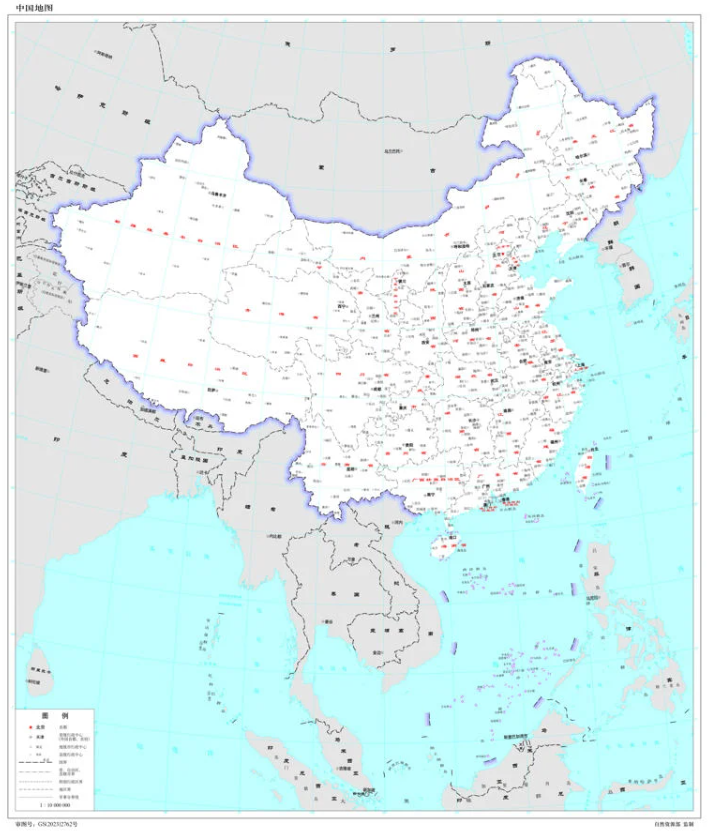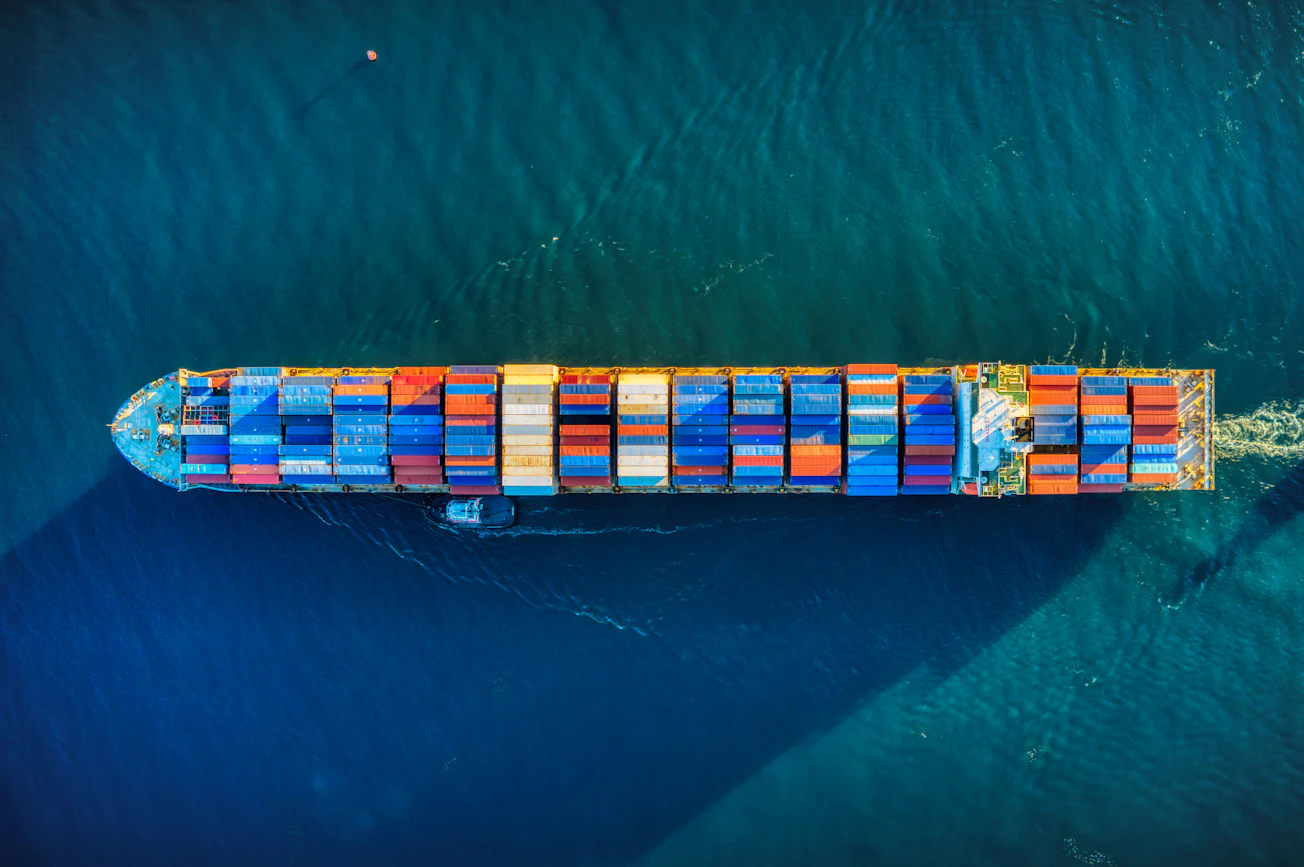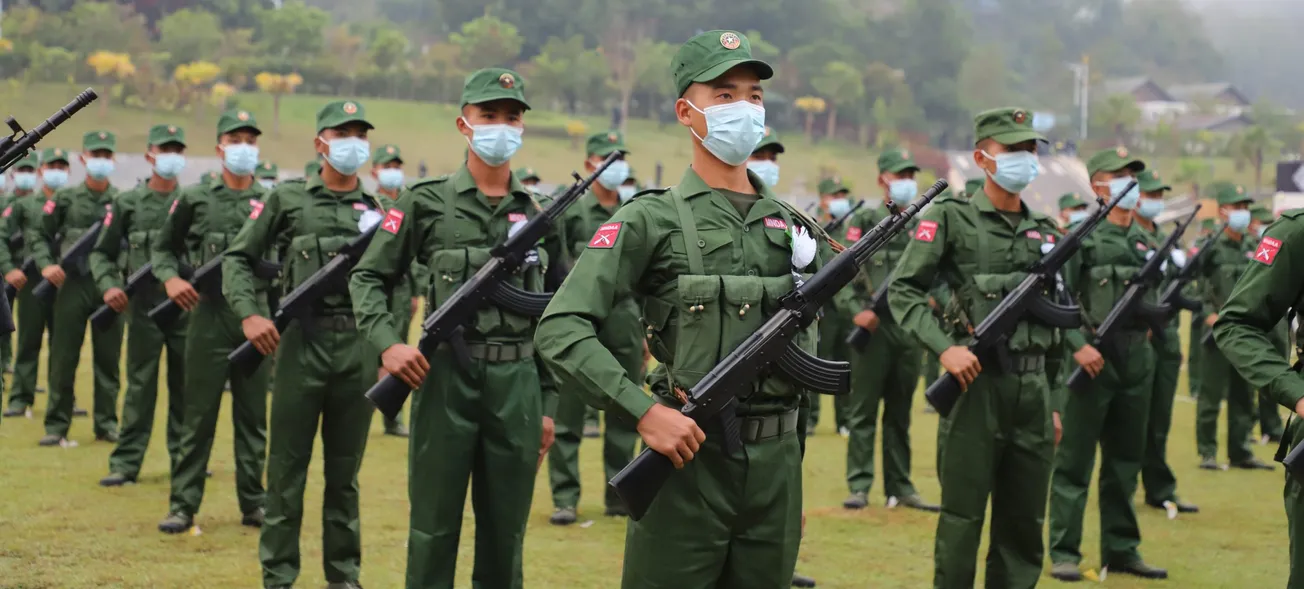Introduction
The South China Sea has become a focal point of global attention due to its strategic importance and the escalating tension surrounding territorial claims. This article explores China’s maritime activities and territorial claims, the reactions of the United States and its Indo-Pacific Allies, the position of the Philippines and ASEAN, and a brief overview of potential future scenarios.
South China Sea: A Strategic Waterway
The South China Sea is a strategic waterway and a critical commercial gateway that sees over $3 trillion in trade pass through its waters each year. It's a significant hub for fishing and a repository of vast underwater oil and gas reserves, making it a hotbed for resource competition.
China's Maritime Activities and Territorial Claims
China has been heavily involved in maritime activities in the South China Sea, claiming roughly 90% of the waterway based on its controversial "Nine-Dash Line," which is now the "Ten-Dash Line" map. This claim has led to a series of aggressive actions, including the construction of artificial islands, militarization, and routine patrols, infringing on the territorial rights of multiple Southeast Asian nations.

Artificial Islands and Militarization
China has developed numerous artificial islands in the South China Sea, transforming reefs and shoals into military installations equipped with airstrips, ports, and missile systems. These installations enhance China’s military presence and serve as a platform for asserting its territorial claims.
Routine Patrols and Harassment
Chinese maritime forces, including the Coast Guard and civilian vessels, frequently patrol the disputed waters. These patrols often result in confrontations with ships from other nations, leading to accusations of harassment and intimidation.
The United States Response
The United States, not a claimant in the territorial disputes, has nonetheless taken a keen interest in the South China Sea. The U.S. has pursued a Freedom of Navigation Operations (FONOPs) strategy, challenging China's territorial claims by sending naval ships through contested waters.
Freedom of Navigation Operations (FONOPs)
The U.S. Navy conducts regular FONOPs in the South China Sea, asserting the right to navigate international waters freely under international law. These operations challenge China's excessive maritime claims and affirm the U.S. commitment to maintaining a free and open Indo-Pacific.
Support for Southeast Asian Allies
The U.S. has also reaffirmed its defense commitments to its Southeast Asian allies, including the Philippines, a treaty ally. Any armed attack on Philippine forces or territory in the South China Sea would invoke the U.S.-Philippines Mutual Defense Treaty, potentially drawing the U.S. into a military conflict with China.
The Role of Indo-Pacific Allies
Indo-Pacific Allies, including the Philippines, Australia, Japan, and India, have expressed concern about China's actions in the South China Sea. These nations have conducted joint exercises with the U.S. and Southeast Asian countries, bolstering regional defense capabilities and demonstrating a united front against China's assertiveness.
The Philippines and ASEAN: A Delicate Balance
The Philippines, one of the claimants in the South China Sea dispute, has been at the forefront of the territorial conflict with China. The Philippines secured a landmark victory in 2016 when the Permanent Court of Arbitration in The Hague ruled in its favor, declaring China's "Nine-Dash Line" claim invalid under international law. Despite this legal victory, the Philippines continues to face challenges in enforcing the ruling.
ASEAN Unity and the Code of Conduct
The Association of Southeast Asian Nations (ASEAN), which includes several South China Sea claimants, has been working on a "Code of Conduct" for activities in the disputed waters. However, progress has been slow, and questions remain about the code's effectiveness in deterring aggressive actions.
Future Scenarios
The future of the South China Sea dispute remains uncertain, with various potential scenarios. These include a continued stalemate, escalating conflict, or a peaceful resolution through diplomatic negotiations. The international community's actions will play a significant role in shaping the outcome.
Continued Stalemate
The most likely scenario is a continuation of the current stalemate, with China asserting its claims and other nations pushing back through legal, diplomatic, and military means. This scenario would see ongoing tension but no significant change in the status quo.
Escalating Conflict
Another scenario is an escalating conflict triggered by a miscalculation or accident that spirals into a more significant confrontation. Any major conflict in the South China Sea would have devastating consequences for the region and the world, given the area's strategic importance and the potential involvement of major powers.
Diplomatic Resolution
A more optimistic scenario is a peaceful resolution through diplomatic negotiations. This would require all parties to compromise and adhere to international law, leading to a stable and mutually beneficial arrangement.
Conclusion
The South China Sea is a complex and volatile issue with far-reaching regional security and global stability implications. The current situation is fraught with challenges. The international community must navigate these treacherous waters with skill and determination, balancing national interests with the broader goal of preserving peace and stability in the region.










